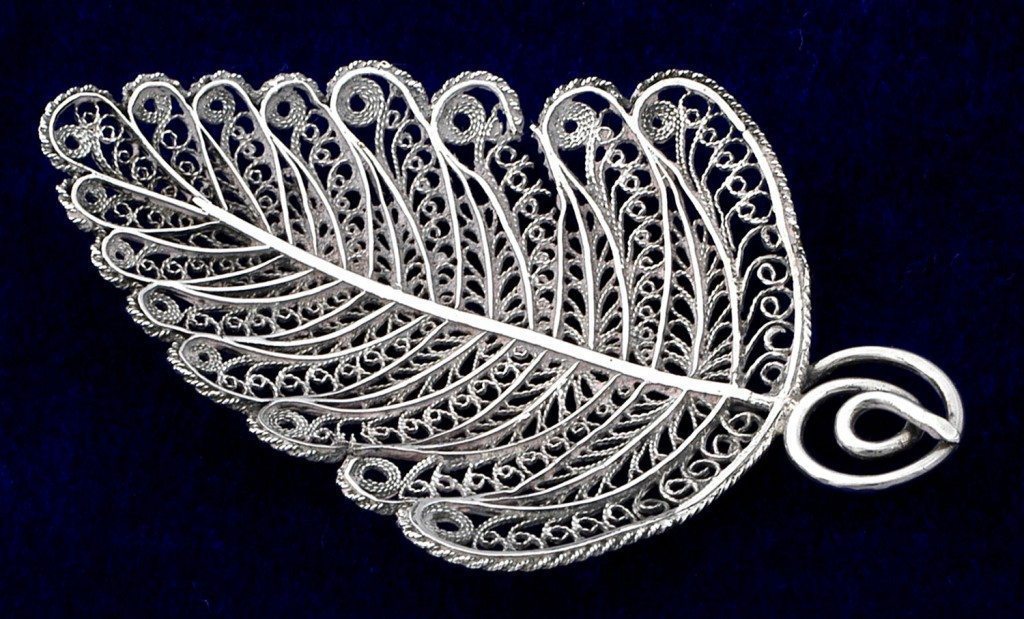Silversmiths and Silverware in late 18th and early 19th century Birmingham
Image: Silver caddy spoon, probably by Samuel Pemberton, c.1800. The delicate design is created by a filigree technique using wire.
Image from: Birmingham Assay Office.
Text: Olga Baird and Malcolm Dick
Photographs: Kinson Chan (November 2003)
Summary
Matthew Boulton created the modern silver trade in Birmingham. His successful campaign to establish a local assay office provided a hallmarking system to guarantee the silver content of locally manufactured items. This allowed the trade to develop a reputation for high quality products. Except for Boulton, little or nothing is known about most of Birmingham’s silversmiths. Some evidence can be obtained from Birmingham Assay Office records, directories and the work that they produced.
The returns of the Birmingham Assay Office list the names, premises and marks of silversmiths. They also provide an indication of the growth of the local silver making trade. In 1774, 16,983 ounces were assayed, rising to 61,220 ounces in 1779. During the 1780s and 1790s, the trade experienced a recession, but after 1800 figures rose, reaching 105,452 ounces in 1811 and 111,811 ounces in 1825. Smaller amounts were assayed in the next 14 years and the 1825 figure was not surpassed until 1839.
Though the Soho Works of Boulton and his successors contributed to this expansion silver production was also located in small family businesses and factories throughout Birmingham. They made a range of items including tapersticks, bowls, buttons, buckles, caddy spoons, vinaigrettes, snuff boxes and babies rattles.
This exhibition provides information about the local silversmiths and a selection of silver products from the collections of Birmingham Assay Office (www.theassayoffice.co.uk). The Revolutionary Players Project is grateful for the permission granted by Birmingham Assay Office to photograph items in its collections.
Next in this section »Continue browsing this section
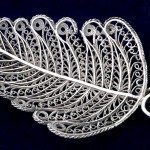 Silversmiths and Silverware in late 18th and early 19th century Birmingham
Silversmiths and Silverware in late 18th and early 19th century Birmingham
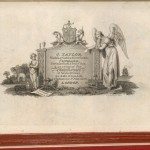 Birmingham Silversmiths: the Taylors
Birmingham Silversmiths: the Taylors
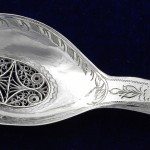 Birmingham Silversmiths: The Pembertons
Birmingham Silversmiths: The Pembertons
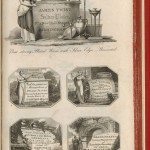 Birmingham Silversmiths: The Willmores and Linwoods
Birmingham Silversmiths: The Willmores and Linwoods
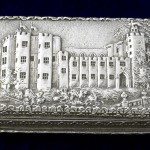 Birmingham Silversmiths: Nathaniel Mills
Birmingham Silversmiths: Nathaniel Mills
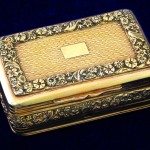 Birmingham Silversmiths: William Lea & Co
Birmingham Silversmiths: William Lea & Co
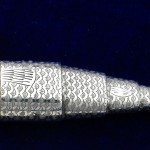 Vinaigrette, Maker unidentified, 1817
Vinaigrette, Maker unidentified, 1817
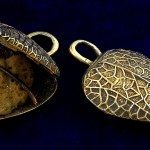 Pair of Vinaigrettes, Joseph Willmore, 1825
Pair of Vinaigrettes, Joseph Willmore, 1825
 Vinaigrette, Nathaniel Mills, 1835
Vinaigrette, Nathaniel Mills, 1835







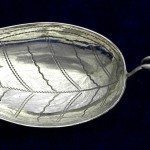

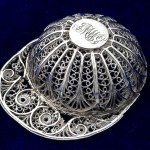

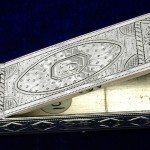

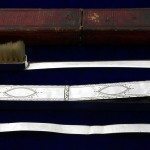

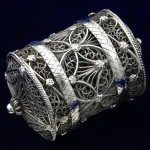

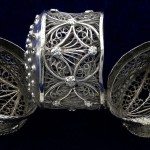

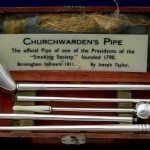

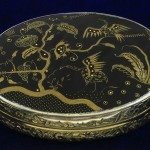

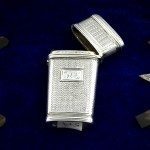

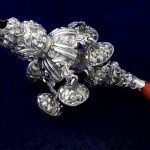

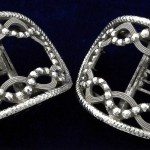

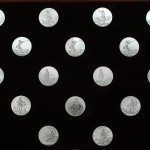

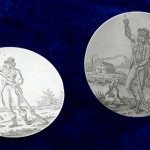

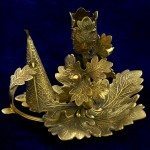

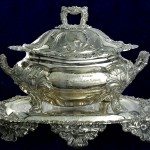

Sources and Further Reading
Birmingham Gold and Silver. 1773-1973. Exhibition Catalogue (Birmingham, 1973).
Honour, H, Goldsmiths and Silversmiths (London, 1971)
Kenneth, C J, The Silversmiths of Birmingham (1981)
Lever, C, Goldsmiths and Silversmiths of England (London, 1975)
Matthew Boulton and the Toymakers: Silver from the Birmingham Assay Office. Catalogue of an exhibition held at Goldsmiths’ Hall, Foster Lane, London 15th -26th November, 1982 (Birmingham, 1982)



